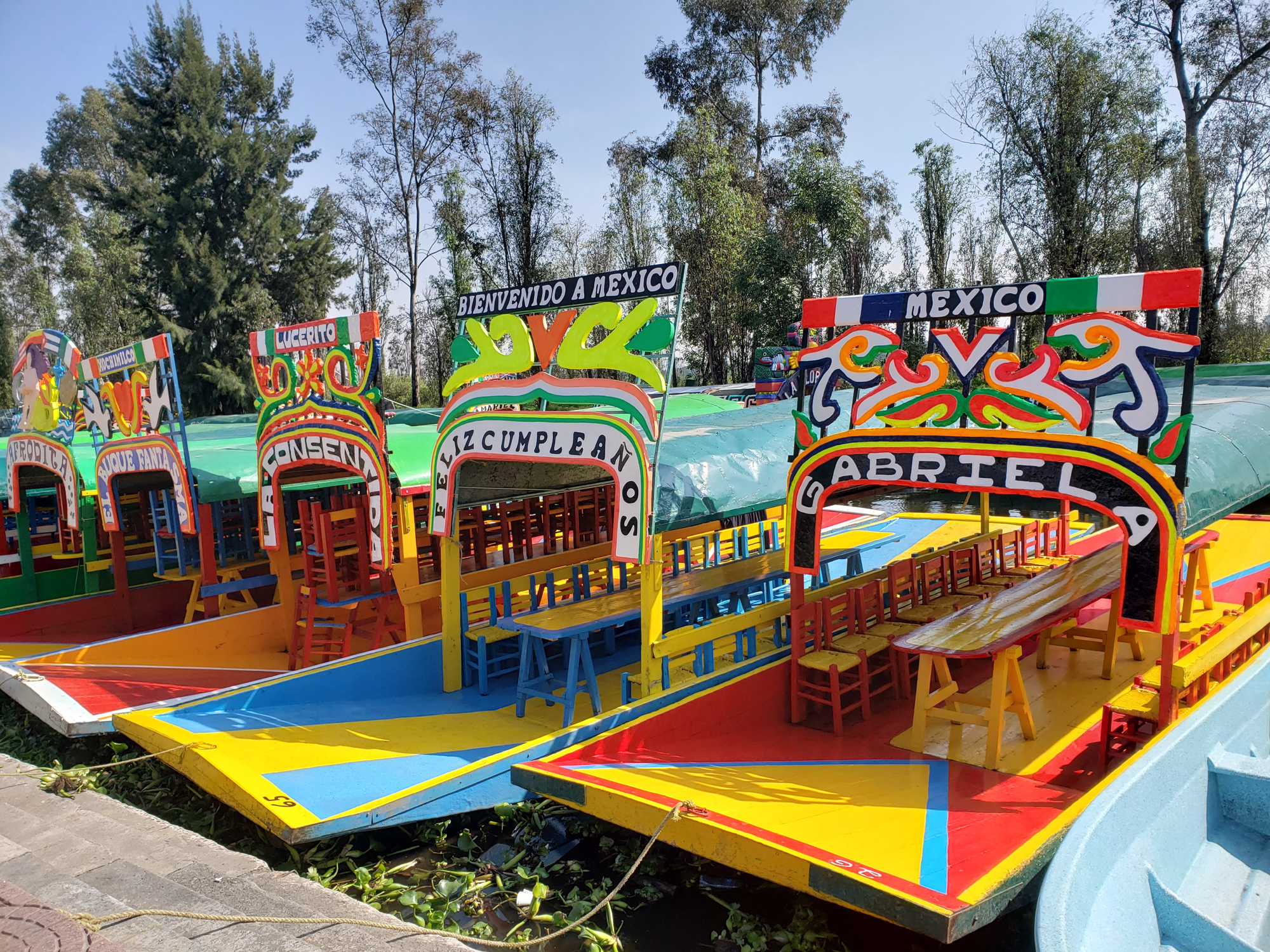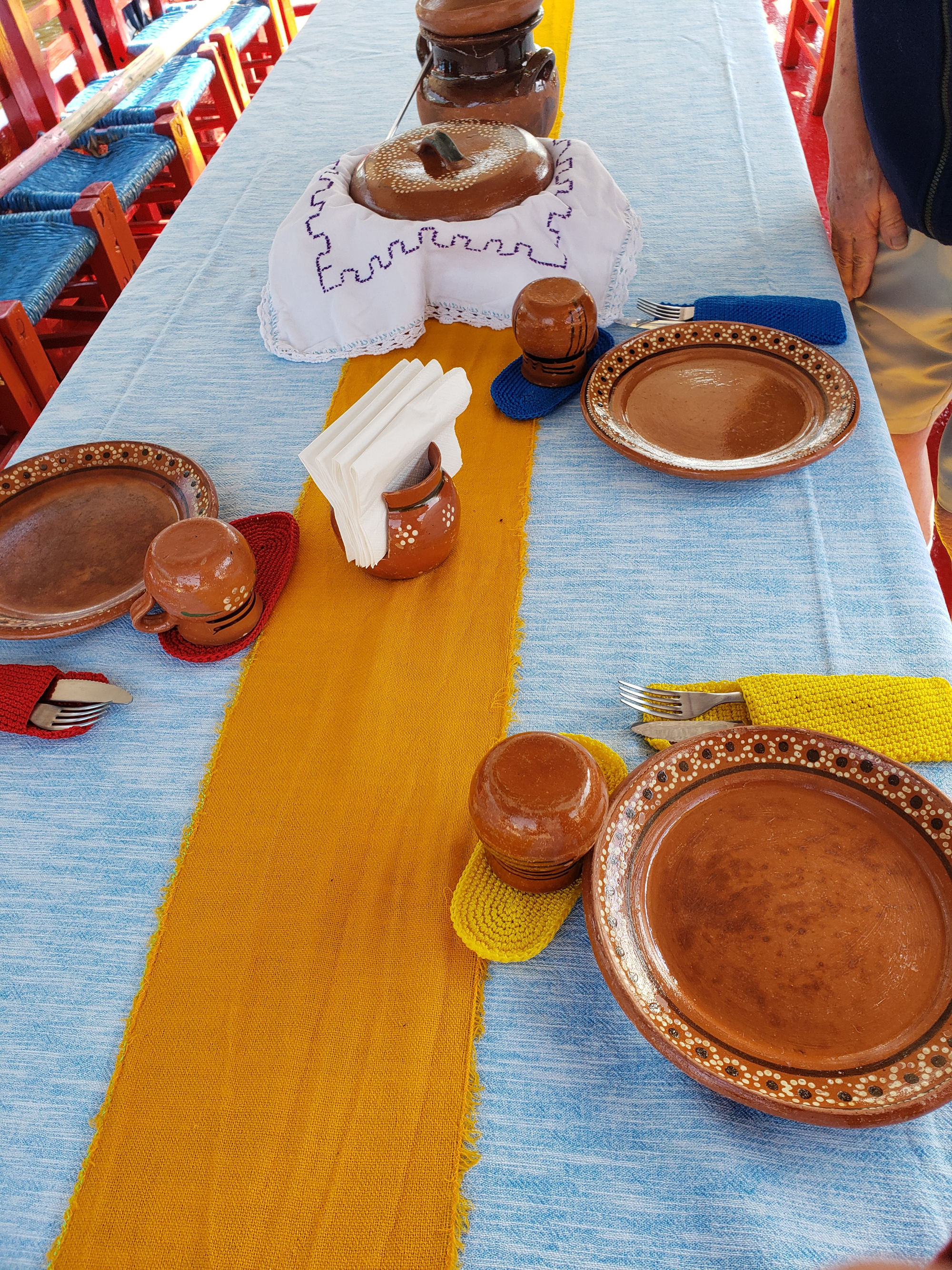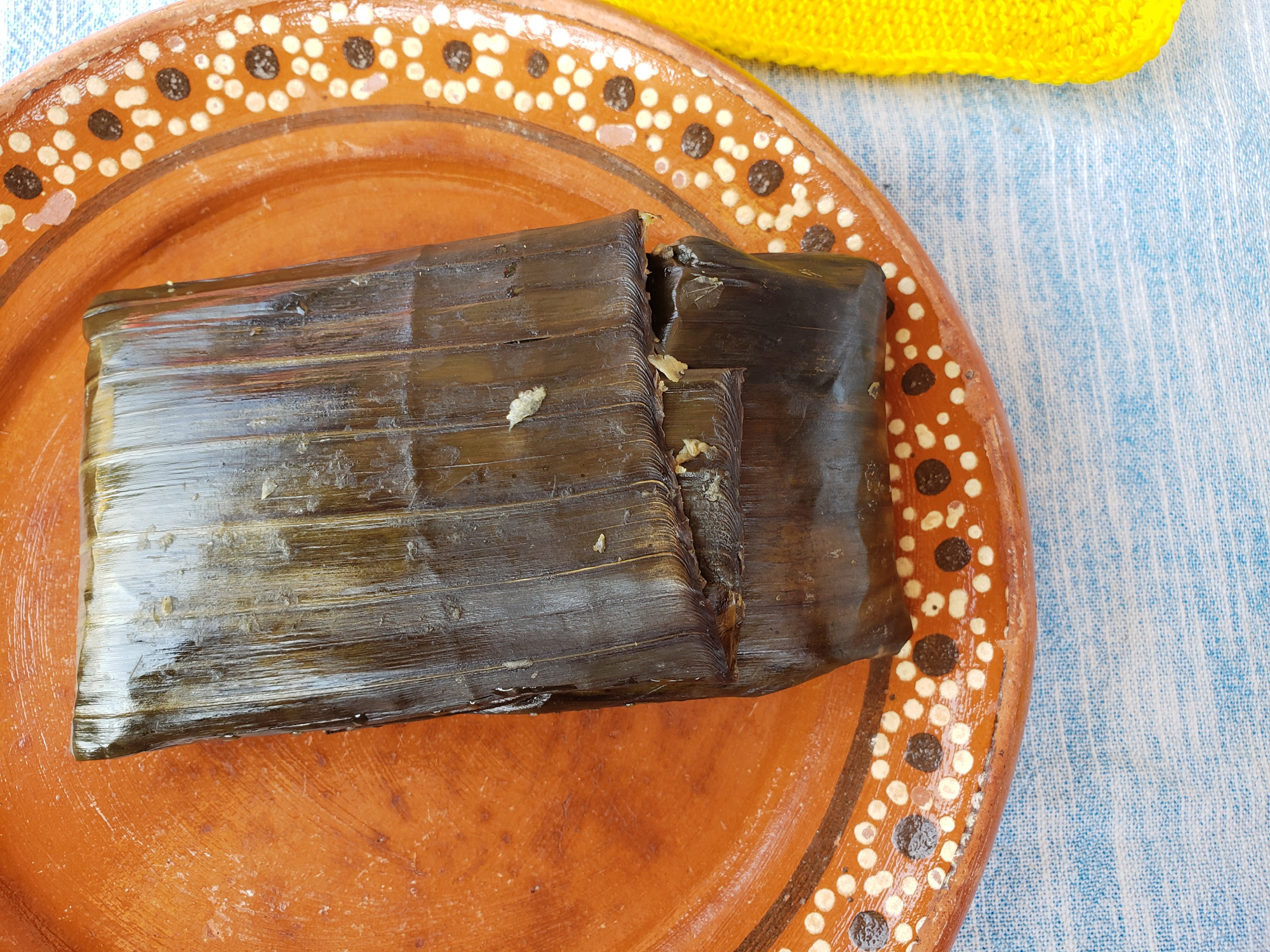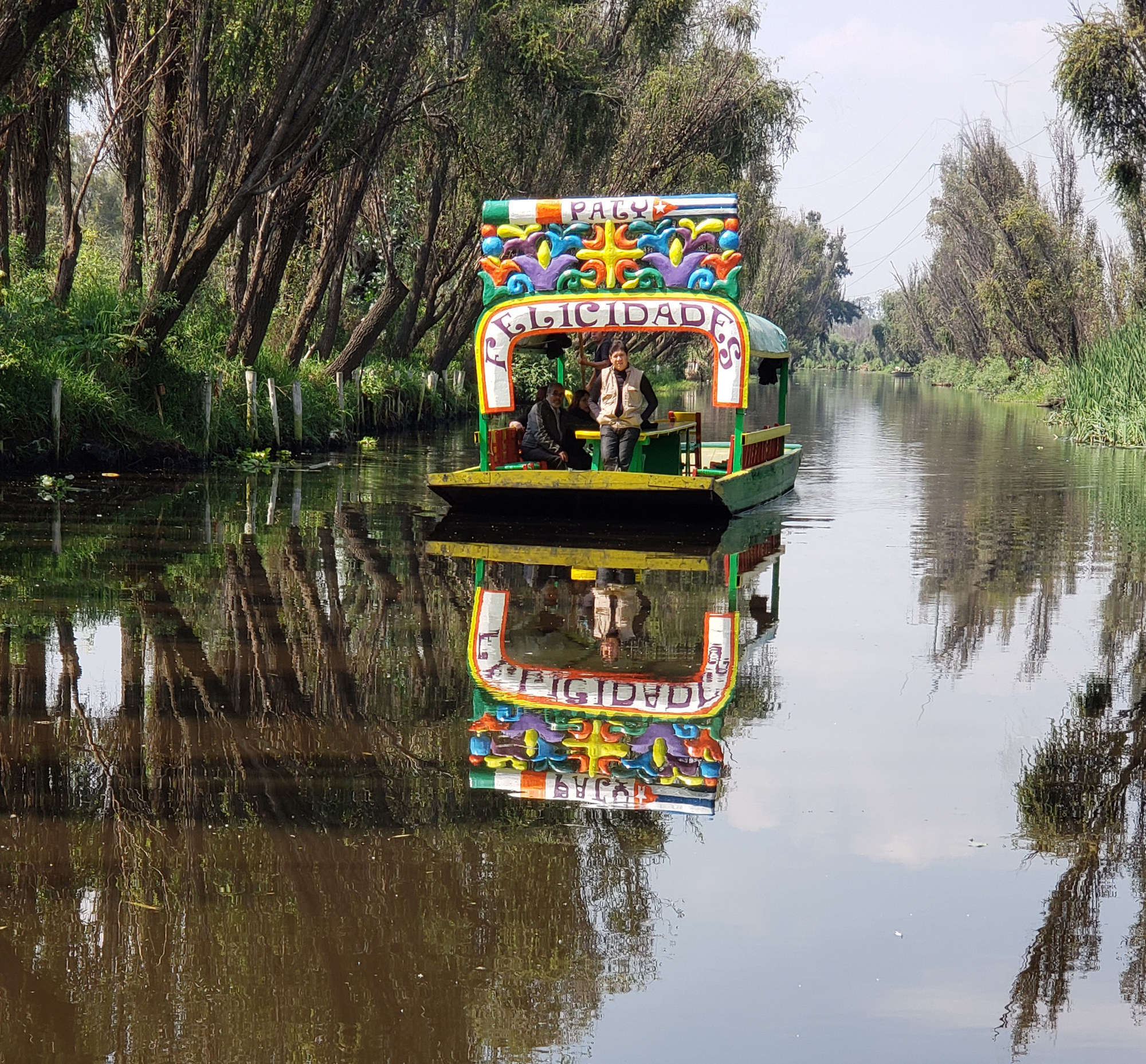Text and photos by Mary L. Peachin
Vol. 24, No. 6 May/June, 2020
El Parque Ecological Xochimilco was built for the 1968 Olympics. The lake still offers water sport training. Multiple canals edged by flowering trees, bamboo, and grasses cover twenty-seven square kilometers. Originally the Aztecs and Mexicas culture, who arrived in 1300, built the canals to irrigate corn squash and beans.
Today, colorful trajineras boats offer close to several hours of cruising the canals and visiting an organic farm. Warm atole, typically made with corn, was served to us as a strawberry breakfast drink along with a tamale wrapped in a banana leaf.
Stopping at La Nopalera, a cul-de-sac off canal, we visited a farm which also serves as communal gardens available for rent by locals. After our boat tour with the farm visit, we returned to the port.
Our Culinary Backstreet tour, led by Nuria Girona, continued to Xochimilco village market. Blue corn tamales with pickled nopales cactus and queso fresco was our first taste.
Another vendor served us soup with lamb, garbanzos, cilantro, onion, salsa, followed by cecina and beef longaniza tacos. Tasting of various moles powder followed. Wandering narrow aisles and uneven payment hazards, we stopped at Aqua Fresca vendor for a fresh fruit drink. My pineapple- coconut was
refreshing. Although we were stuffed, we couldn’t pass a cheese-filled zucchini blossom.
Xochimilco’s street was lined by tall bouquets of fresh flowers. Fireworks filled the air as locals celebrated the opening of cathedral San Bernardino which was destroyed by a 2017 earthquake.
We were fortunate to see this prominent landmark during a day of excitement. The locals were happy and so were we.







